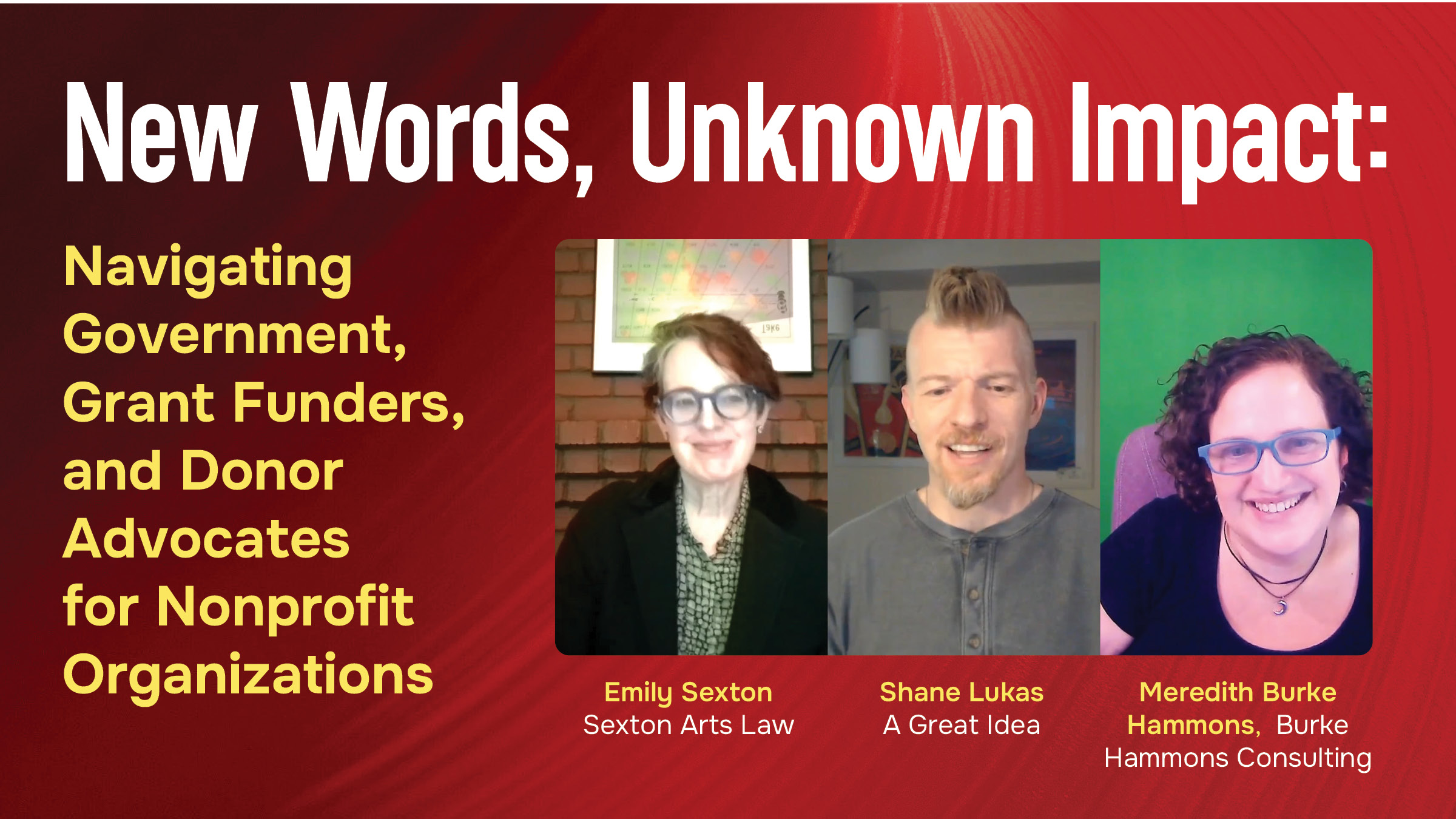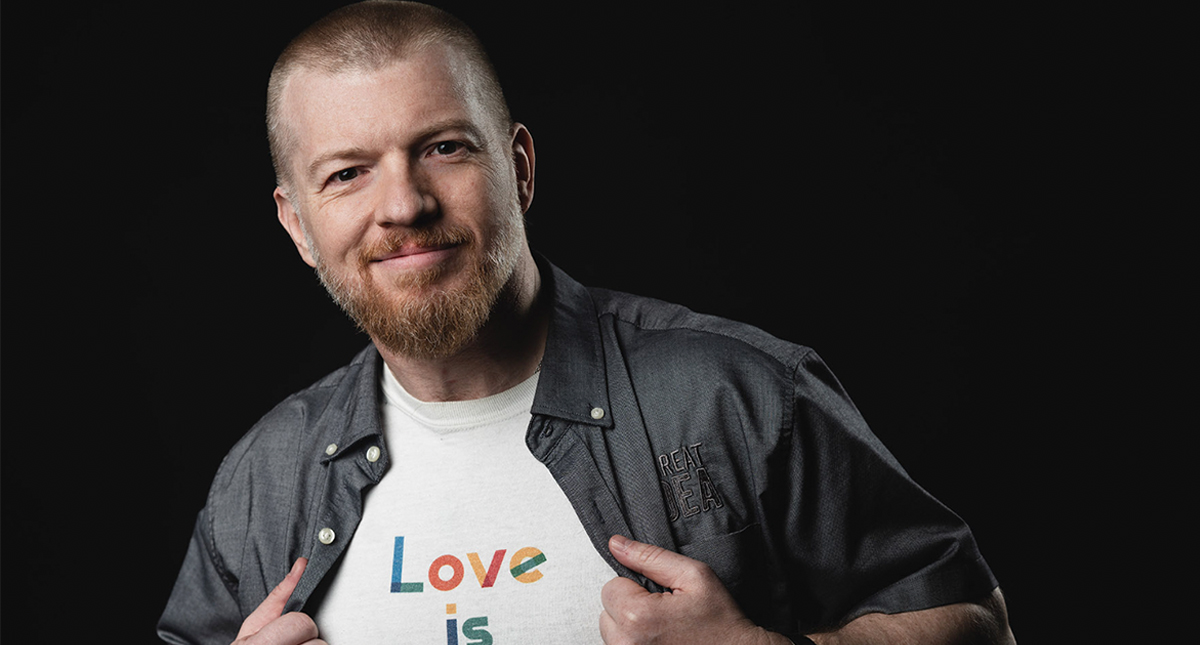Live For Five: Don't Be Afraid of the Dark (Social Media)
What does "dark social" mean?
Dark social refers to the communications channels that are more private by users. These would include your privately exchanged emails or a conversation on the chat app WhatsApp, Telegram, or Facebook Messenger. These are called "dark" because they aren’t tracked the way other social media and communications data on a site might be. For example, accessing a webpage shares a lot of information with you and the Googles that be. But when you talk with a friend about a favorite flick or which ice cream to get, that information is mostly (and this is important) between you and whom you are talking to. Recent research shows that when consumers have something to share, they’re more likely to head to dark social channels to do so (63%) rather than open social media platforms (54%). What’s even more revealing is that around 20% share only via these channels. One study even showed that 84% of consumer sharing happens via these dark social channels. And we all know sharing is caring.
What are we sharing?
Personal photos, of course. More than 70% percent of users share those. And not far behind are memes or popular videos that we think are funny or moving. 50% of users are sharing links. That is important. Around 50% of users are also sharing discounts and links to other social media posts and channels through these dark social channels. Dark social is just the acknowledgment your social media messages and emails are actually working in ways that standard analytics can’t and arguably shouldn’t detail.
How can you find out how dark social is impacting your site or sites?
One of the best tools I have found is Get Social’s Dark Social Calculator. It connects into your Analytics platform and does a relatively reasonable job parsing the data to sort out social media traffic that might be coming from dark social interactions. But remember, it is just a guess. The thing about this data, though, is that its informality is going to be a benefit and a challenge. One thing you can do to identify this type of traffic is to start applying Urchin Tracking Modules (or UTM for short). UTMs append info to a link to say what the source is. This really only works on channels you control, and for most of dark social. You can’t.
How can your brand make an impact?
First, don’t expect to sell here. These are private spaces and when audiences want to be sold, they will head to a marketplace. Research shows that interrupting vulnerable time with sales speak has an adverse reaction on engagement. We all get a bit anxious when our ads start to reflect conversations we thought we had offline or in private, right? Second, make it easy on the user. Links are often shared here, so make the linking easier. Link shorteners like bitly make the copy and paste process simpler and sources easier to track. Third, have a story to tell. People want things to talk about, so giving them social media content - whether in the forms of assets like images or infographics encourages user engagement with your story. Giving users content gives them the conversations to have in the dark social spaces. Key Lesson: Don’t be afraid of the dark. Recognize the space, and build your brand strategy to support user’s feeling secure to engage socially while building advocacy.




